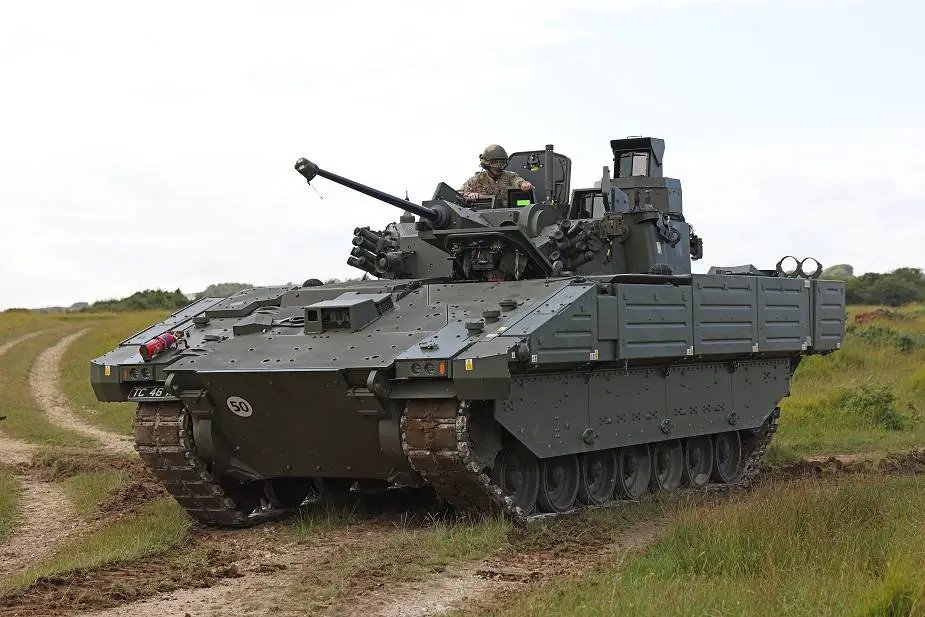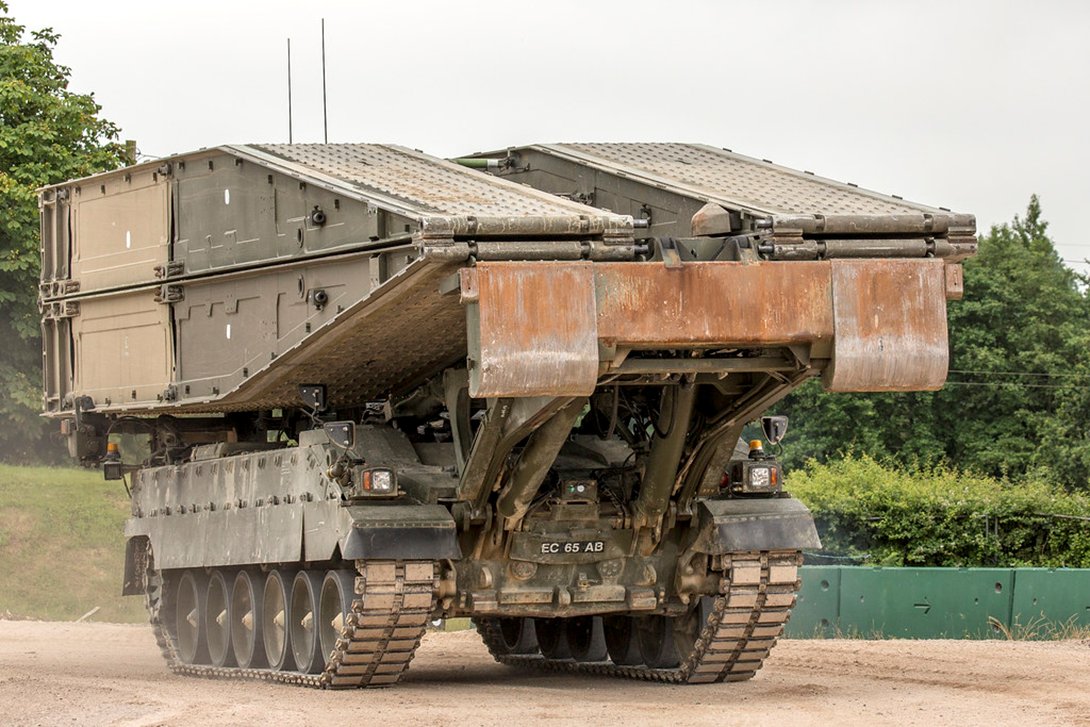Cummins awarded an $87m contract to finalise the Advanced Combat Engine (ACE), a modular and scalable opposed piston 2-stroke diesel engine solution, capable of hybridization. Doesn't sound immediately exciting, but ACE is actually pretty cool - read on to see why! 

Sitting within the Advanced Powertrain Demonstrator effort, headlines are that Cummins claims it provides a 50% increase in power density, (same power in smaller form) a 20% reduction in heat rejection, and 13% improved fuel efficiency. Add in 10x more electrical power generation 





OP engines are so attractive the US Army said "The Army studied engine architectures for over 20 years and based on thousands of hours of testing independently concluded that the [OP] architecture is the superior platform on which to base the future of combat vehicle propulsion."
Latest development is a 1,000 hp multi-cylinder engine (MCE), which is being tested with the Army on a number of platforms and is the most power-dense engine the US Army has ever tested by a factor of 2. A 1,500 hp version has been modelled on the M88 ARV showing great potential 

Why does any of that matter? More power in same or less space = more mobility (sort of). Add in some of the track and suspension mods they are playing around with on Bradley and your terrain accessibility is radically changed. 

Or keep broadly what you have, but at around half the internal volume. Space is a serious premium in an AFV, so that's no small benefit in its own right. Adding the logistical benefits around fuel efficiency etc and it's a win either way you choose to take it.
As a modular and scalable engine design, it could give rise to a common family of engines across the entire US combat and logistics vehicle fleets, bringing a mound of logistics and support benefits on top of the automotive and performance benefits. 



So, ACE is a pretty exciting engine tech. Looking forward to seeing more of what Cummins has in store and what the US Army can do with it. /end #tanktwitter #enginetwitter #isenginetwitterathing 

• • •
Missing some Tweet in this thread? You can try to
force a refresh




























